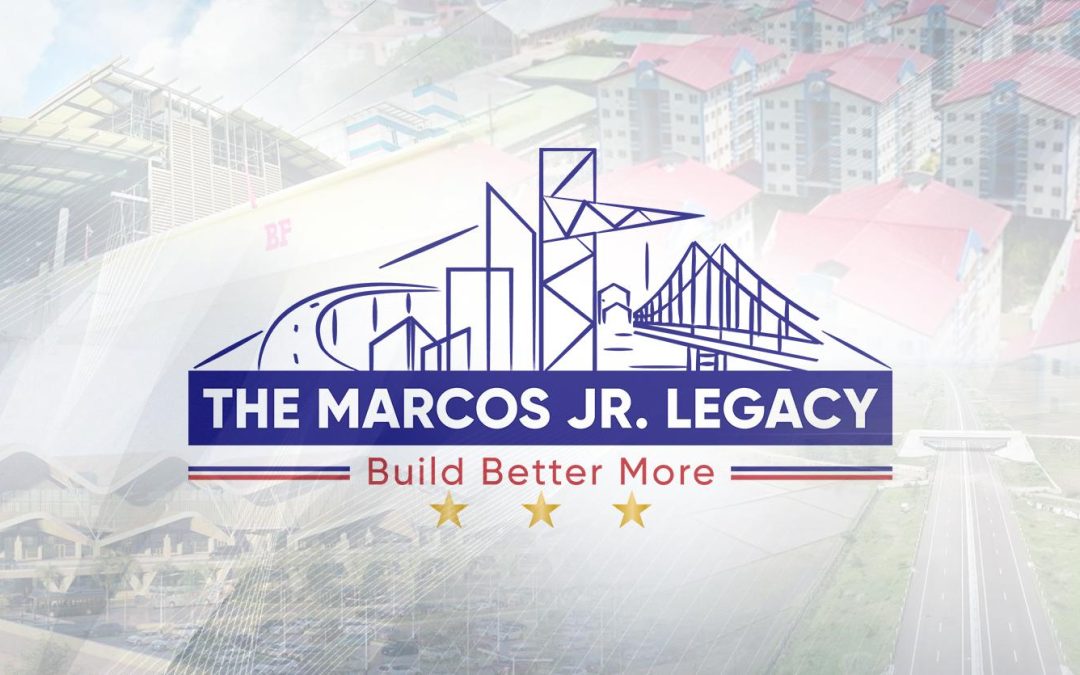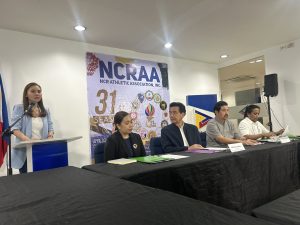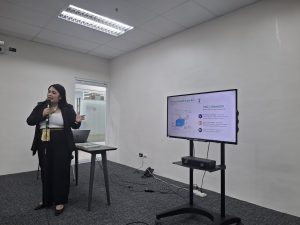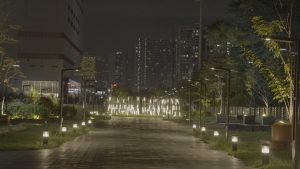The once vibrant city of Marawi in Mindanao endured a devastating siege in 2017, leaving a trail of destruction and displacement. The terrorist offensive—and the necessary counteroffensive to drive the invaders out—ravaged the city, leaving behind a landscape of rubble, displaced residents, and a shattered sense of community. Recognizing the urgent need for comprehensive recovery and rehabilitation, the government launched the Emergency Assistance for Reconstruction and Recovery of Marawi (EARRM) project, a critical step towards restoring the city’s resilience and revitalizing the lives of its people.
The EARMM Infrastructure Project
The EARRM is a part of the Bangon Marawi Comprehensive Rehabilitation and Recovery program (BMCRRP). It is a multifaceted initiative encompassing a wide range of interventions aimed at addressing the critical needs of the city. Among the key components of the project include infrastructure rehabilitation, social services and livelihood support, community-based rehabilitation, and cultural heritage preservation.
Among the crucial facets of EARRM is the rebuilding and upgrading of infrastructure including roads, bridges, power grids, water supply systems, and sanitation facilities. The project aims to restore essential services and improve the city’s connectivity.
This aspect is assigned to the Department of Public Works and Highways. Included in the road projects under the EARRM program include the Transcentral Roads in Lanao Del Sur under EARRM with a total length of 16.82-kilometer divided into four (4) contract packages; the Malabang Viaduct, Marawi-Bito Road and Lasureco Road, Rorogagus Bridge, three other bridges, drainage channels, and others.
The Transcentral road project, which costs P177.75 million and was awarded to Fita Construction Services, involves the rehabilitation of the existing Transcentral Road. This rehabilitation started in 2021 and was completed in 2023.
There’s also the P161.06-million rehabilitation of existing Mindanao State University Roads, which includes 4.71 kilometers of road. The implementing contractor is the Kouzbary Builders. The project started in 2021 and was completed in 2023.
In addition, there are also the slope protection projects and other road rehabilitation projects along the Marawi-Bito and Lasureco roads, which is a 2.5-kilometer road and 1.30-kilometer slope protection project amounting to a total of P200.60 million. The project was awarded to Kouzbary Builders and MMA Achiever Construction Development Corporation. It started in 2023 and was completed in 2024.
Another project under EARRM is the construction of the Rorogagus Bridge with an estimated length of 0.51 kilometer. It has an allocated budget of P214.96 million. The project started in 2024 and is expected to be completed this 2025. The project is now ongoing.
There are also other bridge projects under EARRM including the Cabasaran Bridge and Kormatan Matampay bridge, which is a 0.66-kilometer-long project with a budget allocation of P205 million. The project started in February 2024 and was also completed in the same year.
The New Transcentral Road and Drainage project is also a part of EARRM. It is a 4.31-kilometer road and drainage project with a project of P812.57 million. It was implemented beginning in February 2024 and completed within the same year.
Some of the big projects under EARMM are the Malabang Road, which spans 2.20 kilometers, amounting to P2.13 billion. It was started in March 2024 and completed after five months, in August 2024.
Additionally, there is also the construction of main drainage channels spanning about 6.212 kilometers, with a .09-kilometer bridge and .39-kilometer road project under the EARRM. This project cost P1.153 billion and was started in March 2024 and completed in August 2024.
Other facets of EARRM
Aside from infrastructure development, the EARMM project has other components such as social services and livelihood support. Recognizing the socio-economic impact of the conflict, the project provides crucial support to displaced residents through livelihood training programs, skills development initiatives, and financial assistance for micro, small, and medium enterprises (MSMEs).
It also has community-based rehabilitation. The project emphasizes community participation and empowerment by involving local residents in the planning and implementation of recovery efforts. This approach aims to ensure that the needs and priorities of the community are at the forefront of the rehabilitation process.
The EARRM also involves cultural heritage preservation. Recognizing the rich cultural heritage of Marawi City, the project includes initiatives to preserve and restore significant cultural and historical sites, ensuring that the city’s unique identity is maintained.
The EARRM project is funded through a combination of government resources and international development assistance, with significant contributions from organizations such as the Asian Development Bank (ADB).
Restoring Lives and Rebuilding Hope
The EARRM project holds immense importance for the people of Marawi City. By addressing the critical needs of the affected population and rebuilding the city’s infrastructure, the project aims to restore the livelihood of Marawi residents and provide them with opportunities to rebuild their lives.
The infrastructure projects aim to become catalysts in building a better Marawi, with an environment conducive for development in the area after the devastation brought about by the war.
The projects are also expected to improve the living conditions of the residents, strengthen social cohesion, preserve their cultural identity, and most of all, bring back hope and resilience to the community.
The EARMM project is not merely about rebuilding physical structures; it is about restoring the spirit of Marawi City and empowering its people to thrive.
Building a Better Future for Filipinos: A National Priority
The EARRM project is a testament to the government’s commitment to improving the lives of Filipinos and ensuring their well-being. This project aligns with the “Build Better More” program, which emphasizes the construction of high-quality, resilient infrastructure and the promotion of inclusive and sustainable development.
Furthermore, the project contributes to the broader goals of the National Development Plan (NDP) 2023-2028, which prioritizes the development of resilient and inclusive communities across the country. By investing in the recovery and rehabilitation of Marawi City, the government demonstrates its commitment to addressing the challenges faced by marginalized communities and building a more equitable and prosperous future for all Filipinos.
The EARRM project serves as a beacon of hope for the people of Marawi City and a symbol of the government’s unwavering commitment to rebuilding lives and restoring hope in the face of adversity.
Meanwhile, before the year 2024 ends, President Ferdinand Marcos Jr. issued an order creating a presidential body, the Office of the Presidential Adviser for Marawi Rehabilitation and Development (OPAMRD) which aims to fast-tract the rehabilitation of Marawi and nearby localities.
“The OPAMRD shall be deemed functus officio (having performed the office) upon completion of the rehabilitation, development, and restoration of peace in Marawi City and other affected localities. For this purpose, the OPAMRD and Implementing Agencies shall set timelines and targets to accomplish the objectives of this Order,” according to EO 78. (PTV)



